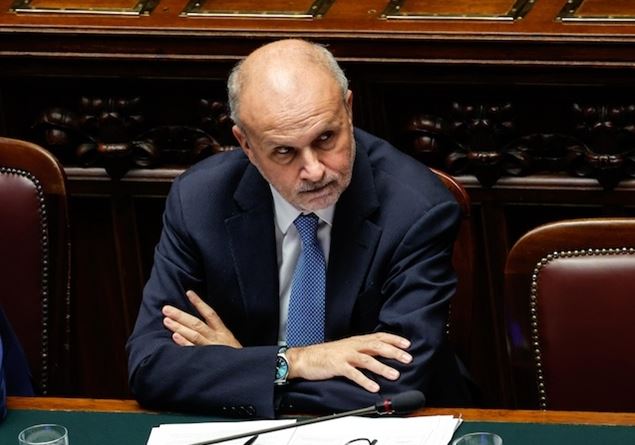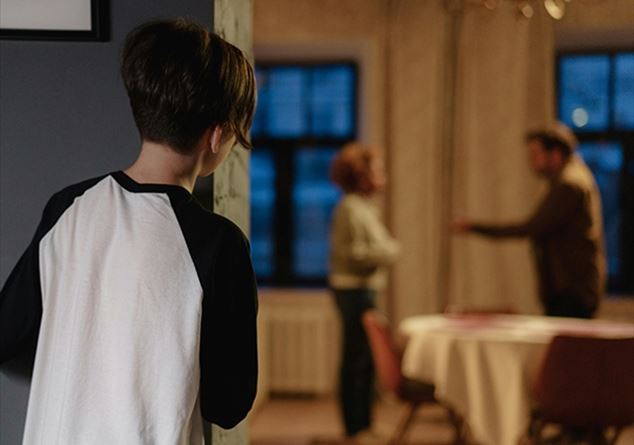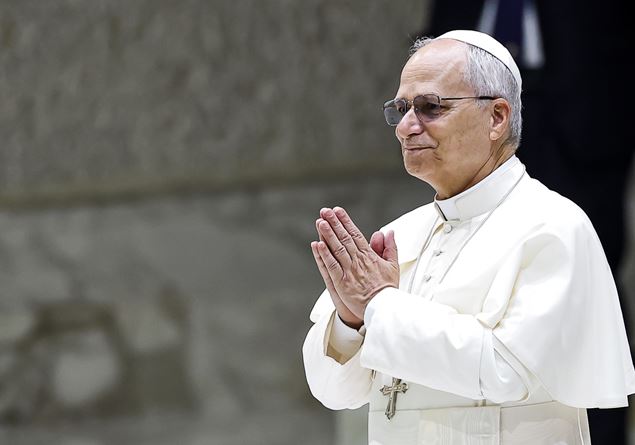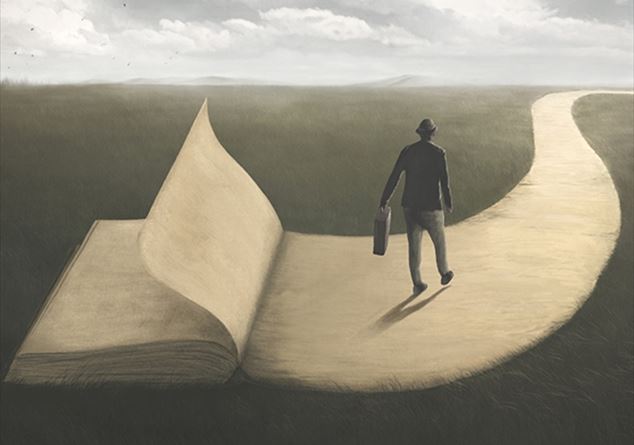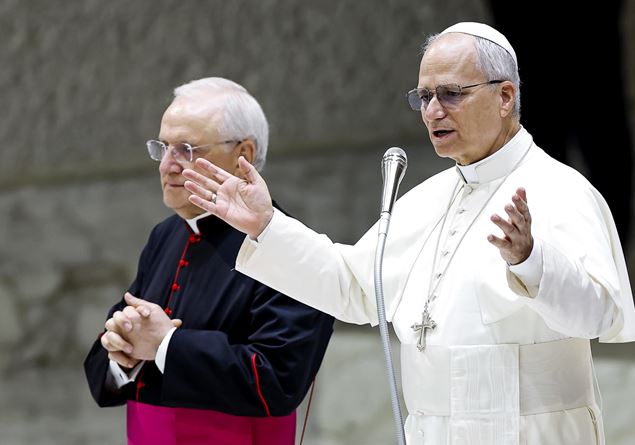by Federico Biacchessi
It was the clash that Donald Trump had been waiting for for some time: a face to face with one of his most declared political opponents, the governor of California Gavin Newsom, in the heart of the most hostile state to Trumpism. The battle ground is the one that most galvanizes the basis of the former president: immigration. On Sunday, after days of tensions followed by an air of the ICE – the federal immigration agency – in the Los Angeles clothing district, Trump ordered the deployment of at least 2,000 members of the national guard without consulting or receiving request from local authorities. An act of strength that has not been seen since 1965, when Lyndon Johnson mobilized his guard to protect the protesters for civil rights in Alabama.
But today the context is overturned. “Los Angeles is invaded by violent and insurrectionalist mobs,” Trump thundered on social media. “We will free the city from the invasion of migrants.” The language is from internal war. And the tension, in fact, is to the stars. The president evoked the use of force, suggesting that he could even resort toInsurrection Actthe law of 1807 which authorizes the use of troops on American soil in the event of rebellion. “We will have troops everywhere,” he told journalists, while heading to Camp David. «Nobody will spit on our soldiers. If it happens, they will be hit hard ». The right arm Stephen Miller has redeemed the dose: “It is a battle to save civilization”. A verbal escalation that, according to many observers, aims to radicalize the clash in view of the 2024 electoral race.
But for the Governor Newsom, for some time he has been in the sights of the Trumpian rhetoric (which has renamed him “Newscum”), it is an resolved attack against the state and its citizens. “We expected it,” he said. “For them, it means that California must fail.” The governor sent a formal letter to the Defense Secretary Pete Hegseth asking for the immediate withdrawal of the National Guard. “Federal actions are only worsening the situation,” he wrote. But the White House does not seem intent on removing. In the meantime, the protests – initially limited – have extended. In the city there are leopard stain clashes. Videos shared by the Pro-Trump channels show some demonstrators attacking federal agents, while activists accuse the government of exploiting a few isolated episodes to justify a large-scale repression. The spokesman for the White House Karoline Leavitt speaks of “illegal criminals and violent mobs that attack the police”.
The Trumpian narration, however, deliberately ignores the many peaceful events, in which citizens and families protest against mass deportations and the indiscriminate arrest of migrant workers. To infuriate the hawks of the right, even the flags of El Salvador and Mexico waved during the processions: for them, symbols of a “foreign invasion”. The democratic reaction is clear. Senator Alex Padilla accuses Trump of “Creating a crisis and then stageing cruel theaters for political purposes”. And he adds: “In Los Angeles people defend fundamental rights, such as the right process and human dignity”. The Republicans, on the other hand, make square. The deputy Kevin Kiley defends the intervention, attributing the tensions “to the irresponsible choices of the Californian democratic leaders and to the open borders policies of the Biden administration”. Meanwhile, signals of a possible further tightening come from Washington. Tom Homan, “czar” of border security for Trump, said that the administration is ready to arrest anyone who manages migratory operations, including public officials. A warning that sounds as an institutional threat. The clash between Trump and California has become the symbol of an increasingly polarized nation, in which immigration, legality and federal authority return to be an ideological and political clash. And where cities, like Los Angeles, risk becoming theaters of a new low intensity civil war.
